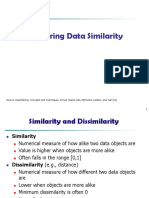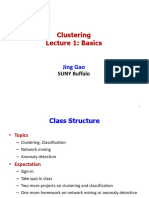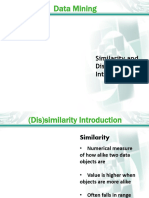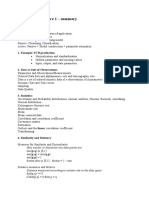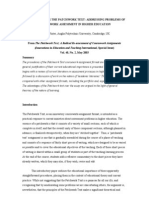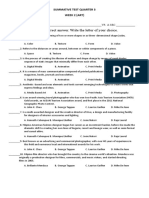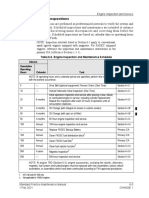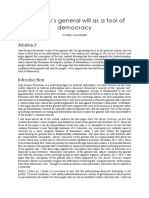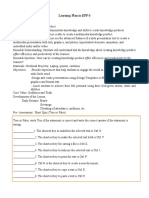0% found this document useful (0 votes)
102 views21 pagesChapter - 2 Data Mining
The document discusses different techniques for measuring similarity and dissimilarity between data objects. It covers proximity measures for nominal and binary attribute data, as well as distance measures for numeric data including Minkowski distance and its special cases like Manhattan, Euclidean and supremum distances.
Uploaded by
srijanbahal10Copyright
© © All Rights Reserved
We take content rights seriously. If you suspect this is your content, claim it here.
Available Formats
Download as PDF, TXT or read online on Scribd
0% found this document useful (0 votes)
102 views21 pagesChapter - 2 Data Mining
The document discusses different techniques for measuring similarity and dissimilarity between data objects. It covers proximity measures for nominal and binary attribute data, as well as distance measures for numeric data including Minkowski distance and its special cases like Manhattan, Euclidean and supremum distances.
Uploaded by
srijanbahal10Copyright
© © All Rights Reserved
We take content rights seriously. If you suspect this is your content, claim it here.
Available Formats
Download as PDF, TXT or read online on Scribd
/ 21

